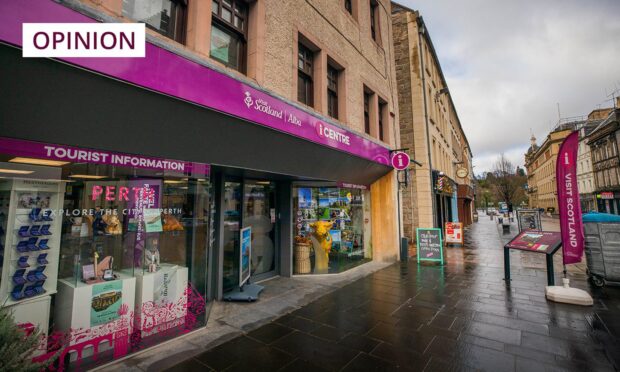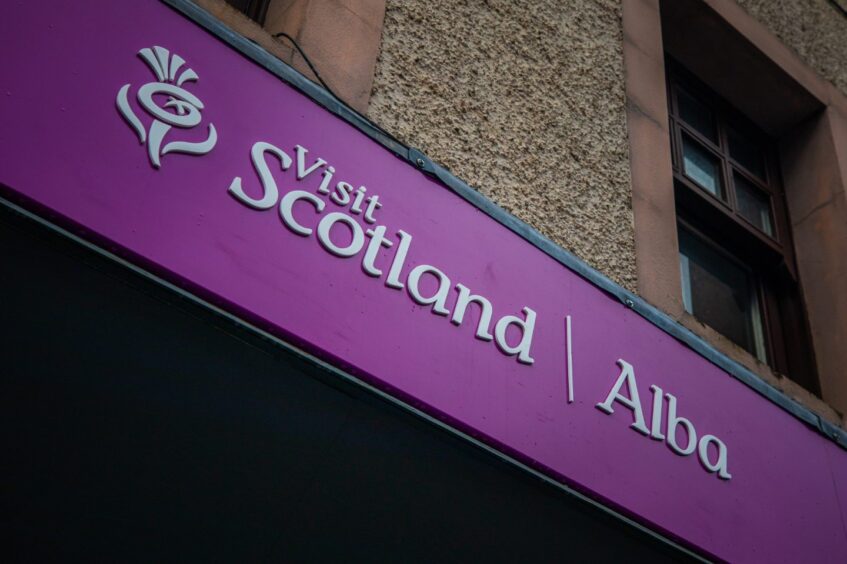Staffed by a small army of enthusiastic ambassadors, VisitScotland’s network of tourist information centres are one of our undervalued assets.
But citing a reduction in footfall, the agency has announced it will close its network of 22 visitor centres across the country – including those in Perth, Pitlochry, St Andrews and Stirling.
Instead, tourists will be expected to plan their trips online through the agency’s website and social media pages.
It is a decision – made in light of shrinking tourism budgets – that on the face of it may make some sense.
But while the VisitScotland website is no doubt informative, it feels impossible to ignore how the closures will make our country just a little smaller.
Visitor centres have always been much more than gifts shops and brochure stores.
Whether from home or abroad, these local embassies have long pointed tourists in the right direction, whether highlighting local attractions or just providing a warm welcome.
Those lucky enough to stumble upon them may have found something truly special.
Closures may save money, but at what cost?
In Perth, as well as the improved Perth Museum they may have been told about hidden gems like St John’s Kirk.
In St Andrews, local experts would have been able guide tourists through the enchanting local folklore that laces the town and share the historic traditions of Fife’s world-famous university with prospective students and their families.
As more of our life moves online, mediated through a screen, those little spaces of humanity only increase in value, perhaps bringing visitors back time and again.
The closure of the entire suite of visitor centres will see us lose that soft power at a crucial time as the tourism industry continues to recover from the pandemic.
It is a decision that will allow VisitScotland to make a superficial saving. In the long run, it may prove a costly misadventure.
Assisted Dying law will require thoughtful care
The Scottish Parliament will hold a fresh debate on proposals to legalise assisted dying for Scots suffering terminal illness.
Polling has shown a majority favour a law change to allow medics to help patients end their life, but legislators will have to approach this law with the most careful consideration.
Such a fundamental shift would demand tightly drafted legislation. After a series of bad laws, Holyrood can ill afford to get this wrong.
Crucially, whatever comes of the debate, it should also prompt a renewed focus on how we look after those who are dying.
Life saving medications and pioneering surgery understandably attract headlines and political attention. But to die of incurable terminal illness should not leave anyone without hope of a good death.
Well-funded palliative care staffed by extraordinary individuals can provide those suffering even the most painful diseases with comfort and dignity at the end of their life.












Conversation